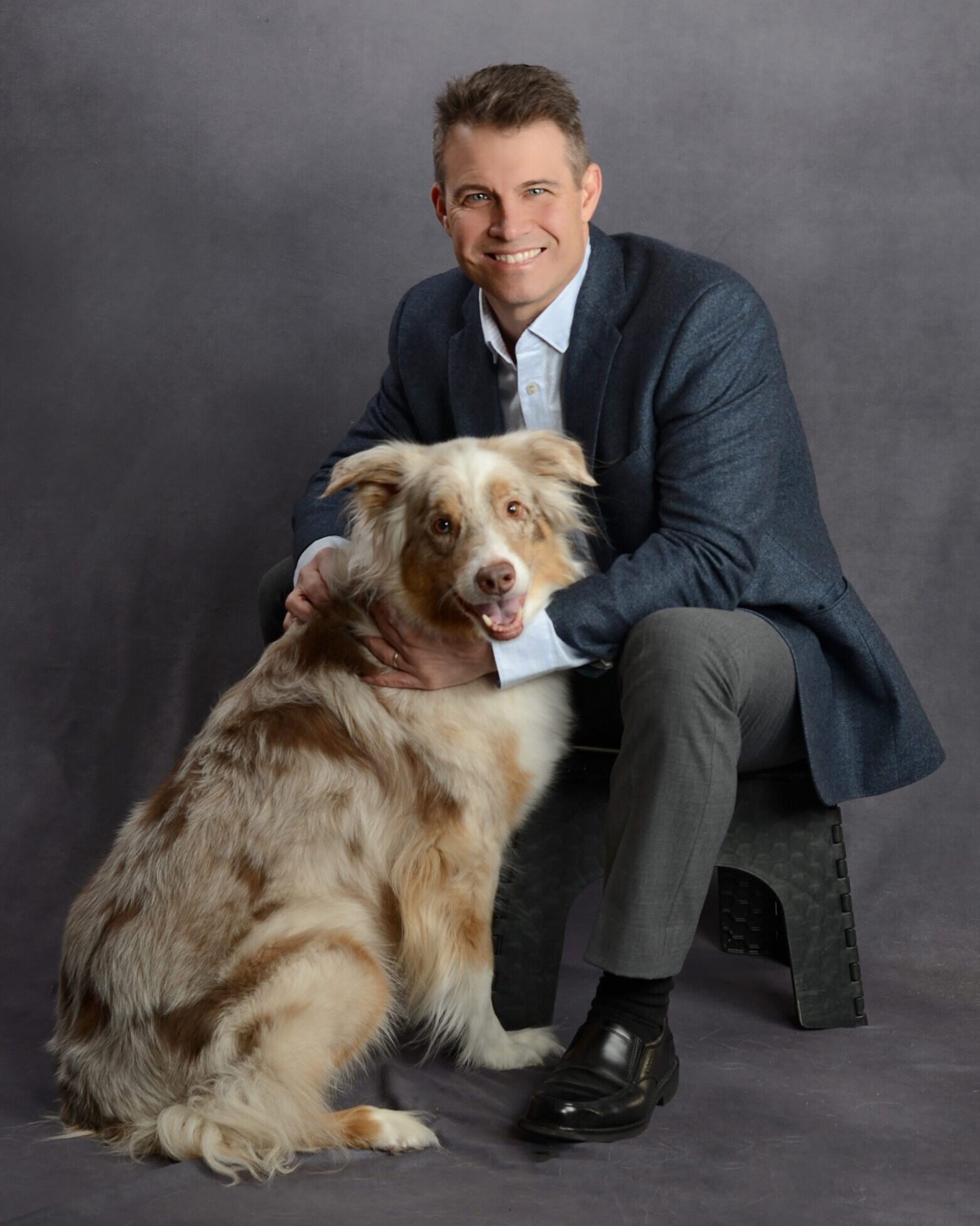Pawprint Oxygen has introduced Rescue Oxygen for pets consisting of portable and safe Pawprint Oxygen Canisters, a fixed-flow Regulator, and a Pet Oxygen Mask. This system is affordable and convenient, enabling pet parents to administer oxygen in a variety of situations to support their respiratory distressed pet.
Oxygen as an Essential Emergency Drug
Rescue oxygen is standard of care in human medicine. It is used by first responders for pre-hospital care, in ambulances, and in the hospital. However, its availability for pets has been limited. Until recently, the reluctance to prescribe high pressure oxygen tanks, especially for transport, was understandable due to safety and liability concerns. Other oxygen sources such as oxygen concentrators lack the portability and flow rate requirements for episodic or transport use.
A New Rescue Oxygen System for Pets
 There is now a veterinary rescue oxygen system available for emergency home use, transport, and supplementation of other systems. Pawprint Oxygen presents a Rescue Oxygen System for pets consisting of portable and safe Pawprint Oxygen Canisters, a fixed-flow Regulator, and a Pet Oxygen Mask. This system is affordable and convenient, enabling veterinarians and pet parents to administer oxygen in a variety of situations.
There is now a veterinary rescue oxygen system available for emergency home use, transport, and supplementation of other systems. Pawprint Oxygen presents a Rescue Oxygen System for pets consisting of portable and safe Pawprint Oxygen Canisters, a fixed-flow Regulator, and a Pet Oxygen Mask. This system is affordable and convenient, enabling veterinarians and pet parents to administer oxygen in a variety of situations.
Rescue oxygen is designed to support patients experiencing respiratory distress at home, during transport, and as a supplement to other oxygen sources in the hospital. Understanding the limitations of rescue oxygen is important for it to be effective.
Rescue oxygen requires someone to administer it to the patient. This includes keeping the mask in place (although a nylon oversized muzzle can accomplish this), monitoring the oxygen left in the canister, and changing canisters when the gauge reads empty. The system is designed to be user friendly for both pet parents and veterinarians.
While the rescue oxygen system can be used in the initial emergent treatment of a patient suffering from respiratory distress, there are situations in which longer term oxygen is more suitable. Home oxygen cages coupled with an oxygen source such as a home oxygen concentrator may be a better fit for pets that require long-term oxygen therapy or higher flow rates than that which can be sustained by the Rescue Oxygen System.
Oxygen administration is already a standard of care in human pre-hospital medicine and other medications for pets, which were previously reserved for hospital use, are now commonly administered at home. The advent of a cost effective and safe Rescue Oxygen System for pets equips pet parents and veterinarians with the ability to provide life saving and comforting oxygen at home, during transport, and where not previously available. This will be the new standard of care for pets.
About Sean Smarick, VMD, DACVECC

Veterinary Advisor
Pawprint Oxygen does not provide veterinary advice. The information, including but not limited to, text, graphics, images and other material contained on this website are for informational purposes only. No material on this site is intended to be a substitute for veterinary advice, diagnosis, or treatment. Always seek the advice of a veterinarian with questions regarding your pet’s health.

